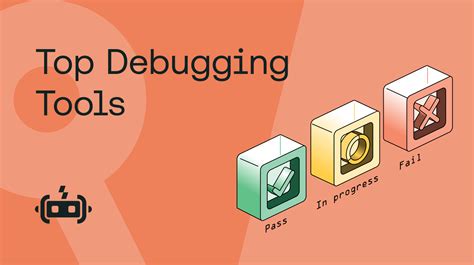The world of Twigs, a popular PHP framework, is vast and exciting. With its robust architecture and extensive community support, it's no wonder why many developers turn to Twigs for their web development needs. However, navigating the world of Twigs can be daunting, especially for beginners. In this article, we'll delve into 7 essential Twigs application tips to help you get the most out of this powerful framework.
Mastering the Basics
Before we dive into the tips, it's essential to understand the basics of Twigs. Twigs is a templating engine that allows you to separate the presentation layer from the application logic. It provides a robust set of features, including template inheritance, macros, and functions, making it a popular choice among developers. If you're new to Twigs, we recommend starting with the official documentation to get a solid grasp of the basics.
Tip 1: Use Template Inheritance
Template inheritance is a powerful feature in Twigs that allows you to create a base template and extend it with child templates. This feature is useful when you have multiple pages that share a similar layout. By creating a base template, you can avoid duplicating code and make maintenance easier.
For example, you can create a base template called base.html.twig with the following code:
{% block title %}{% endblock %}
{% block content %}{% endblock %}
Then, you can create a child template called index.html.twig that extends the base template:
{% extends 'base.html.twig' %}
{% block title %}Home Page{% endblock %}
{% block content %}
Welcome to the home page!
{% endblock %}
Image: Template Inheritance

Tip 2: Use Macros
Macros are reusable blocks of code that can be used throughout your templates. They're useful when you need to render a piece of HTML multiple times. For example, you can create a macro to render a navigation menu:
{% macro navigation_menu %}
{% endmacro %}
Then, you can use the macro in your templates:
{% import _self as macros %}
{{ macros.navigation_menu() }}
Image: Macros

Tip 3: Use Functions
Functions are similar to macros but can take arguments. They're useful when you need to perform a calculation or formatting. For example, you can create a function to format a date:
{% function format_date(date) %}
{{ date|date('Y-m-d') }}
{% endfunction %}
Then, you can use the function in your templates:
{{ format_date(date_object) }}
Image: Functions

Tip 4: Use Conditional Statements
Conditional statements are useful when you need to render different content based on a condition. For example, you can use an if statement to render a different template based on a user's role:
{% if user.role == 'admin' %}
{% include 'admin.html.twig' %}
{% else %}
{% include 'user.html.twig' %}
{% endif %}
Image: Conditional Statements

Tip 5: Use Loops
Loops are useful when you need to render a list of items. For example, you can use a for loop to render a list of products:
{% for product in products %}
{{ product.name }} - {{ product.price }}
{% endfor %}
Image: Loops

Tip 6: Use Filters
Filters are useful when you need to format or modify data. For example, you can use the date filter to format a date:
{{ date_object|date('Y-m-d') }}
Image: Filters

Tip 7: Use Debugging Tools
Debugging is an essential part of any development process. Twigs provides several debugging tools to help you identify and fix issues. For example, you can use the dump function to output the contents of a variable:
{{ dump(variable) }}
Image: Debugging Tools

Gallery of Twigs Applications





FAQ
What is Twigs?
+Twigs is a templating engine for PHP.
What are the benefits of using Twigs?
+Twigs provides a robust set of features, including template inheritance, macros, and functions, making it a popular choice among developers.
How do I get started with Twigs?
+Start by reading the official documentation and following the tutorials.
By following these 7 essential Twigs application tips, you'll be well on your way to becoming a master of this powerful templating engine. Remember to practice regularly and experiment with different features to get the most out of Twigs. Happy coding!
